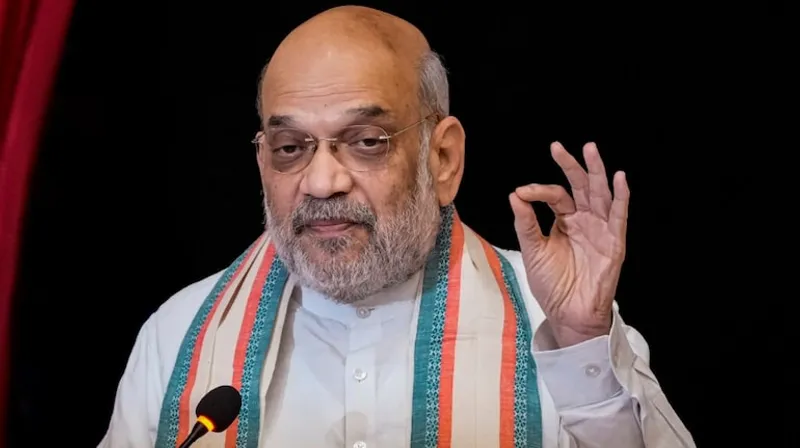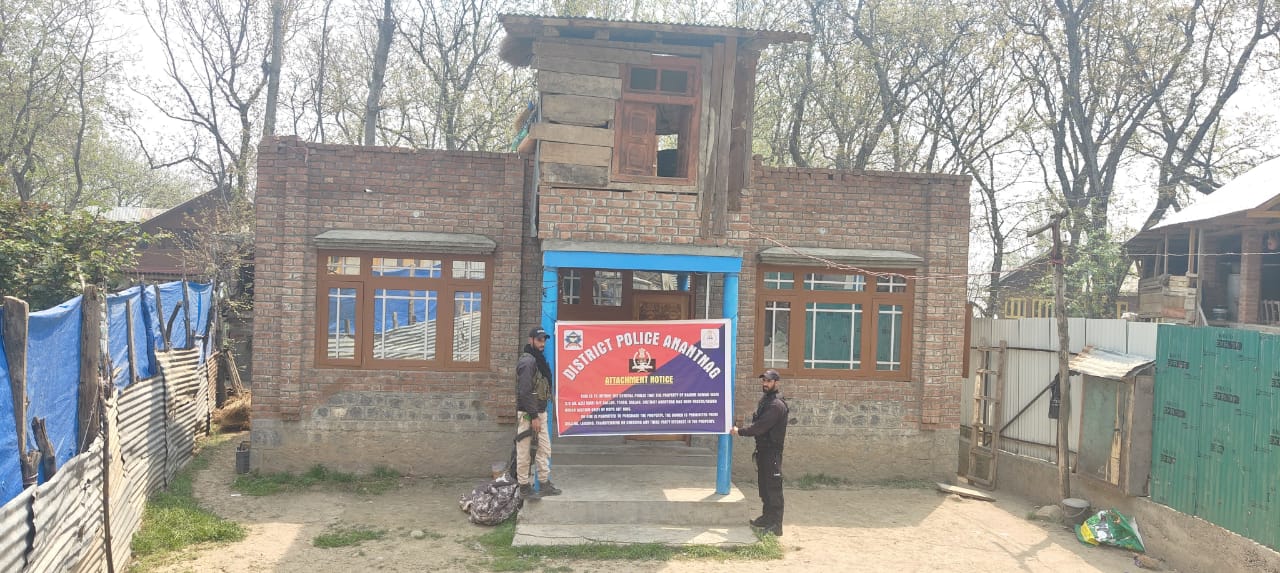The water quality of the Yamuna is within acceptable standards when it enters the national capital but deteriorates downstream from the city, the National Green Tribunal has said, ordering that the “huge gap” in the generation of sewage and its treatment be addressed.
Taking note of a report submitted by a Delhi government committee on January 31 this year, a bench headed by NGT chairperson AK Goel on February 16 said that there was a gap of 238 million gallons per day (MGD) in sewage generated and treated, and directed the gap to be duly considered and addressed.
The report was submitted by a committee formed by the National Green Tribunal and headed by Delhi lieutenant governor (LG) VK Saxena.
The order relied on a Central Pollution Control Board (CPCB) report findings. “Water quality of river Yamuna is meeting the criteria when it enters Delhi at Palla from Haryana. However, water quality deteriorates as it exits Delhi at Asgarpur. This indicates the contribution of pollution in river Yamuna in Delhi due to discharge of untreated/ partially treated domestic and industrial waste water through 24 drains,” said this report.
CPCB was directed to monitor water quality at interstate borders and compile results, including data about the quality of effluents drained into the Yamuna.
The LG Saxena-headed committee was set up to ensure compliance with the January 2021 directions issued by the Supreme Court (SC) and similar directions by the National Green Tribunal in for the rejuvenation of the river.
A progress report from the committee was sought by January 31 in this regard. The February 16 order came after both reports were taken into account.
The National Green Tribunal bench noted that out of the 35 sewage treatment plants (STPs) in Delhi, 23 were consistently non-compliant with the norms prescribed by the Delhi Pollution Control Committee (DPCC).
“CPCB is directed to monitor the performance of STPs in Delhi, Haryana and UP including the drains joining river Yamuna on a quarterly basis,” the bench said. It ordered that the first report in this regard be filed by April 30.
Delhi deputy chief minister Manish Sisodia on Saturday last week announced the setting up of two STPs of a capacity of 2 million litres a day and 6 million litres a day in Mundka, apart from two sewage pumping stations of 15 million litres a day and 6 million litres a day capacity in the area.
According to officials in the LG office, Saxena was made the committee head after “taking into account his work towards management of legacy waste”.
Legacy waste is that which has been collected and kept for years at some barren land or a landfill.









